We may earn money or products from the companies mentioned in this post. This means if you click on the link and purchase the item, I will receive a small commission at no extra cost to you … you’re just helping re-supply our family’s travel fund.
Maine’s shoreline still feels timeless, with quiet coves, cedar-shingled homes, and harbors dotted with working boats. Behind that beauty, though, many coastal towns are wrestling with a changing economy shaped by tourism, second homes, and rising real estate costs. What once felt like a short seasonal lift now stretches into a year-round pressure on housing, infrastructure, and local identity. Longtime residents, small businesses, and fishing families are trying to stay rooted while visitor numbers climb and familiar neighborhoods transform.
Bar Harbor Cruise Crowds In A Small Harbor Town
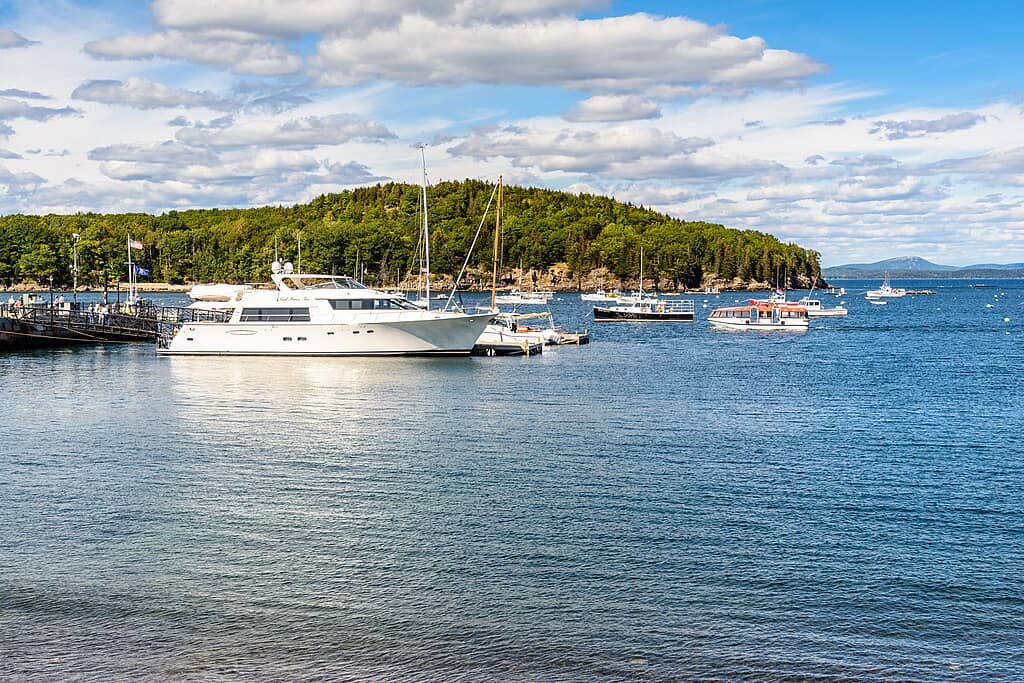
Bar Harbor sits at the doorstep of Acadia, which keeps its streets busy from spring through fall. Large cruise arrivals funnel thousands of visitors into narrow downtown blocks, overwhelming sidewalks, shops, and transportation. Community leaders have tried limiting daily ship traffic to protect the town’s character and pace. The challenge is finding balance so Bar Harbor remains both a thriving gateway and a place locals can still navigate and call home.
Boothbay Harbor, Vacation Rentals And Vanishing Neighbors

Boothbay Harbor still buzzes with boat tours and waterfront cafes, yet more homes are shifting into short-term rentals. Seasonal turnover leaves some streets dark in winter and forces year-round workers to hunt for housing far from the harbor. Employers struggle to staff restaurants and marinas, while longtime residents watch a close-knit village become a rotating stopover rather than a lived-in community with familiar faces.
Rockland Working Waterfront At A Crossroads
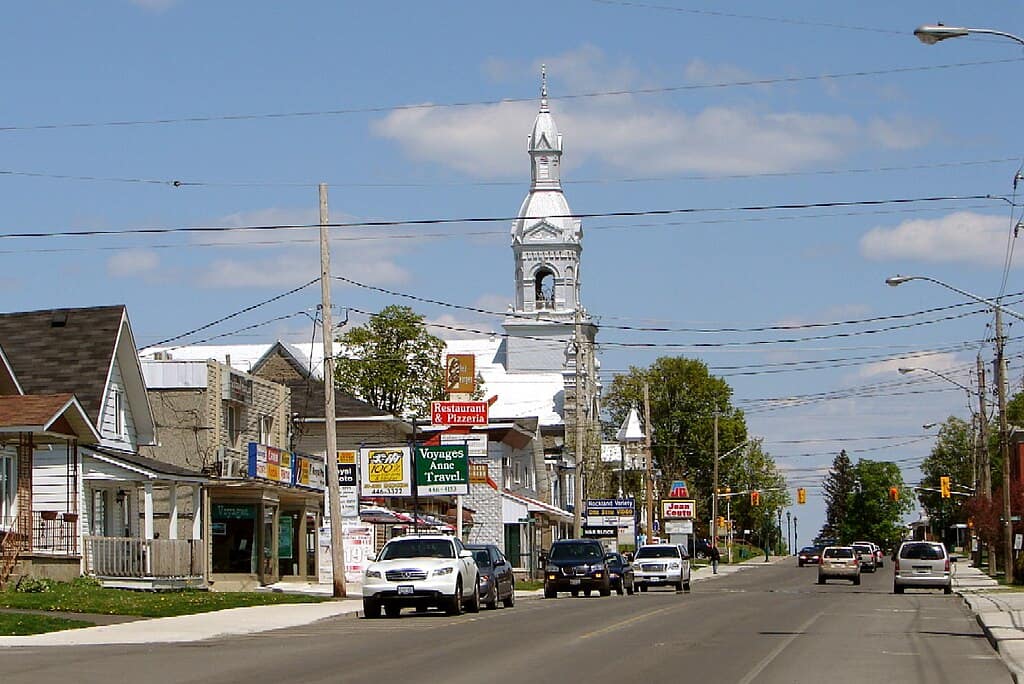
Rockland’s waterfront once revolved around ferries, boatyards, and fishing piers. Today, galleries, restaurants, and tourism-driven development compete for the same shoreline. Soaring property values make it harder to protect space for marine trades that still anchor local jobs. The town now has to decide how to preserve a functioning harbor while embracing new economic growth, without letting working wharves fade into history.
Camden, Postcard Harbor, Pricier Future
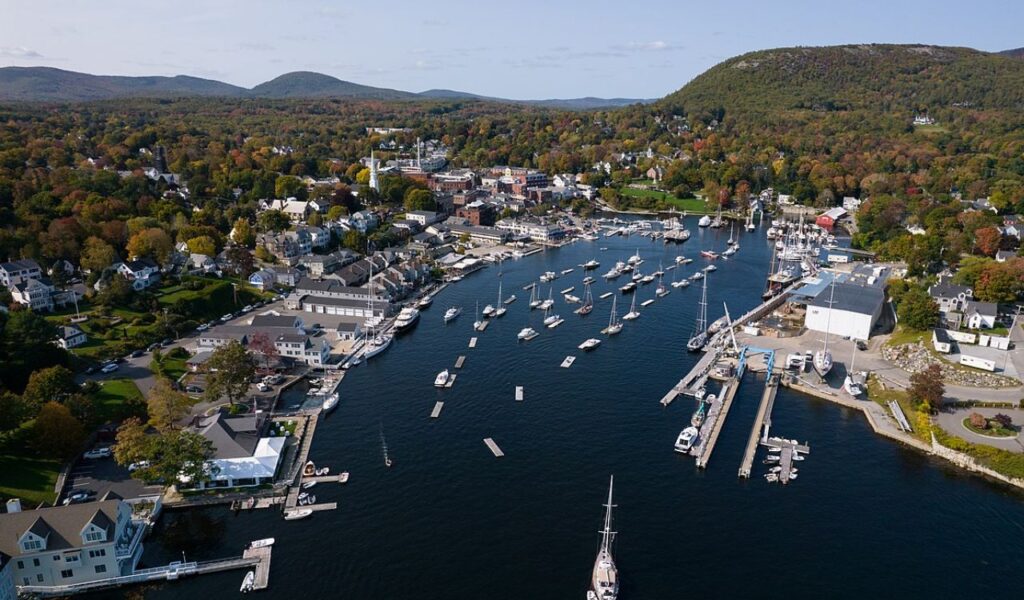
Camden’s harbor is a picture-perfect mix of windjammers and hillside homes, and that charm fuels ongoing demand from newcomers and investors. Rising home prices and shifting zoning pressures push younger families and service workers farther inland. While Camden remains a prized destination, many locals worry that the waterfront lifestyle being marketed is becoming something they can no longer afford to experience themselves.
Portland’s Old Port, City Energy, Small Town Strain

Portland’s Old Port blends cobblestones, nightlife, and waterfront views, drawing heavy tourist traffic in the warmer months. Crowded streets, higher commercial rents, and housing pressures ripple through nearby neighborhoods. The energy boosts restaurants and shops, but it also raises questions about livability and how a historic port district can grow without losing the working waterfront that built it.
Ogunquit, Beachfront Charm Under Pressure
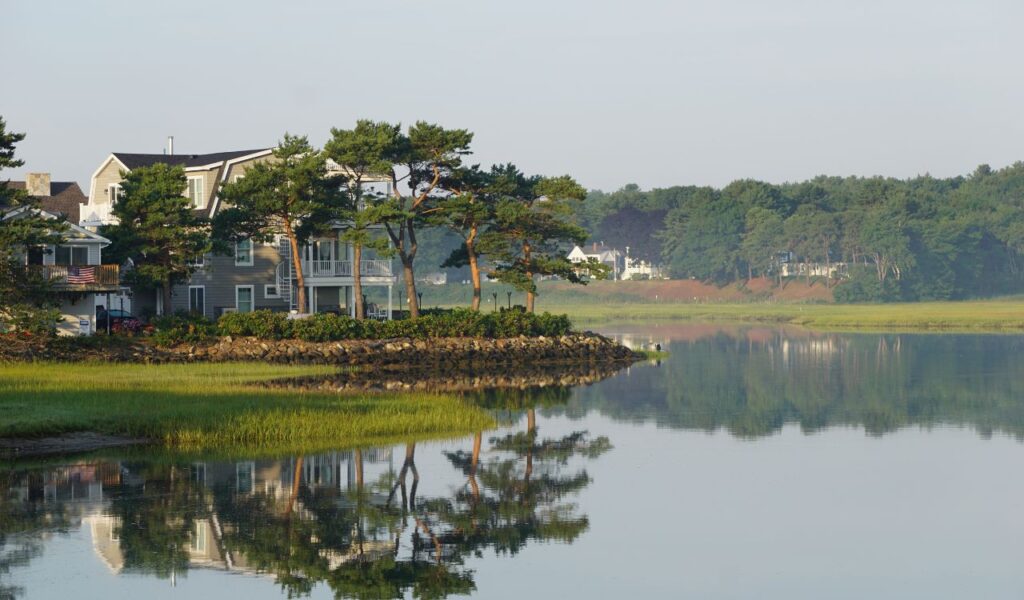
Ogunquit thrives on theater crowds, sandy beaches, and a walkable village center. A longer tourist season keeps businesses busy, but congestion and demand for seasonal housing stretch local systems. Residents continue to debate how to protect the small-town feel while supporting an arts and hospitality scene that brings in visitors from far beyond Maine’s borders.
Kennebunkport, Luxury Stays, Local Tradeoffs

Kennebunkport’s upscale inns, boutiques, and shoreline appeal draw steady waves of vacationers. The success fuels jobs and revenue, yet it also pushes housing costs upward and tightens access to popular coastal areas. The community faces the delicate task of preserving a genuine year-round population rather than becoming a polished destination with fewer full-time neighbors.
Old Orchard Beach, Classic Boardwalk, Seasonal Squeeze
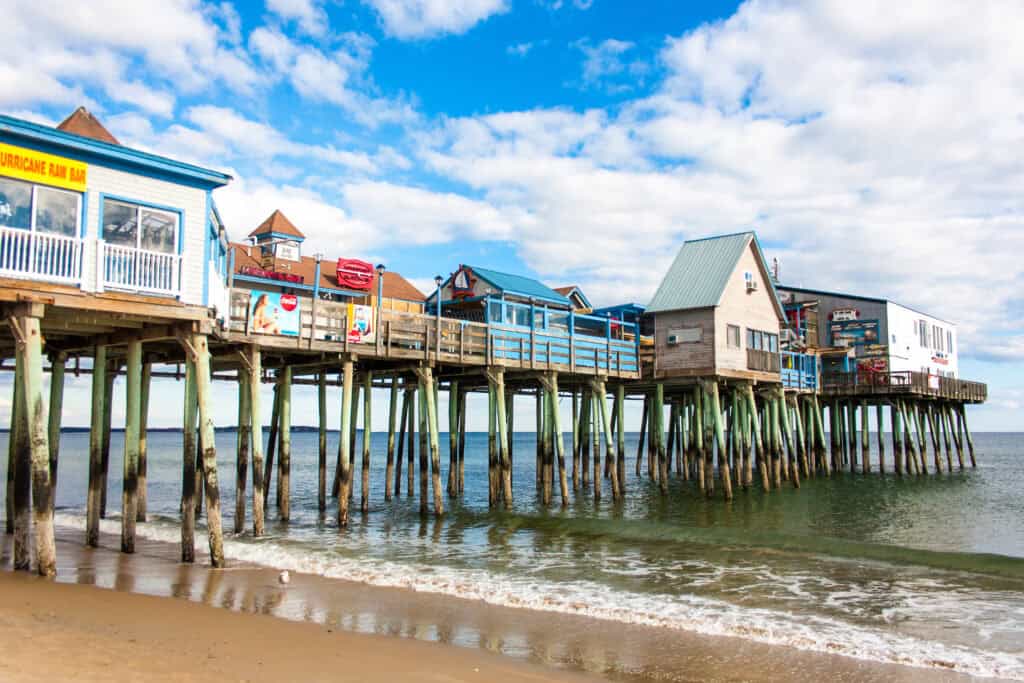
Old Orchard Beach leans into its lively boardwalk identity, with arcades, rides, and summer crowds pouring in daily. Behind the excitement lies heavy reliance on seasonal rentals and short-term jobs. Workers often juggle multiple roles and crowded housing, while longtime residents navigate traffic and rising rents as the town shifts further toward a destination mindset.
Stonington, Lobster Port Fighting For Space

Stonington remains one of Maine’s busiest lobster ports, with fishing still central to its identity and economy. Tourism interest and waterfront development pressures, however, make it harder to secure housing and working space for crews. The town must protect docks, parking, and marine access so it doesn’t become a postcard harbor stripped of the industry that defines it.
Lubec, Easternmost Town Holding On
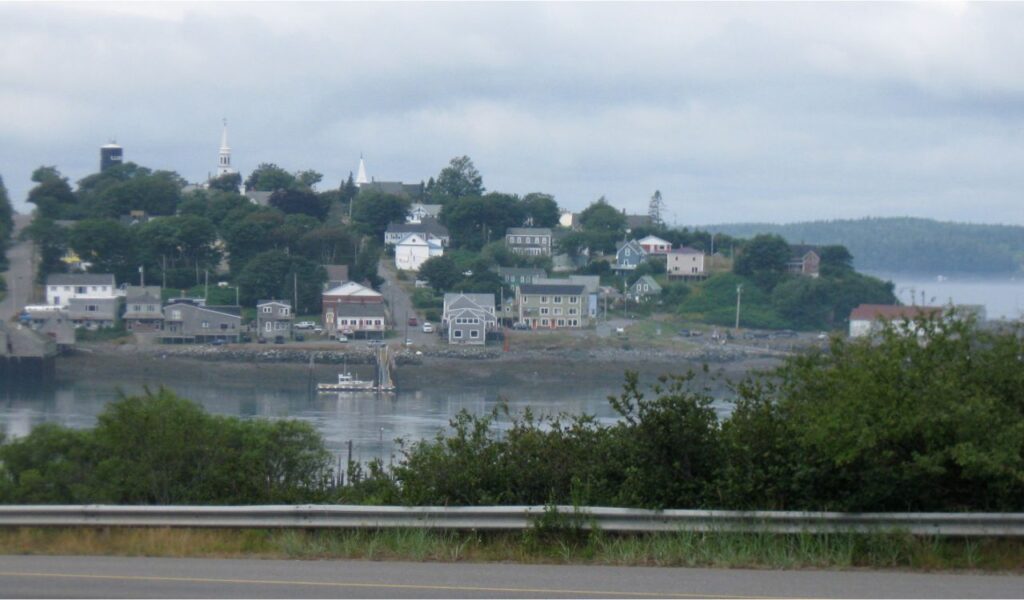
Lubec stands at the edge of the country, shaped by fishing heritage and striking coastal scenery. Tourism brings new energy, but a small, aging year-round population and limited housing options create tension between preservation and change. As old buildings turn into inns and rentals, residents work to protect access to the waterfront and keep the town more than a scenic stop for sunrise photos.
Other Blog Posts You Might Enjoy
www.idyllicpursuit.com (Article Sourced Website)
#Charming #Maine #Coastal #Towns #Struggling #Survive #Modern #Tourism #Idyllic #Pursuit
